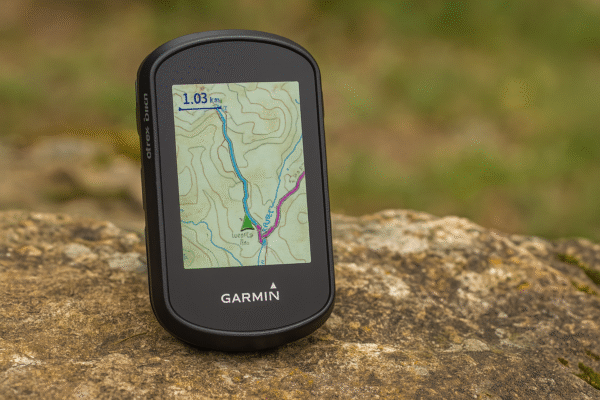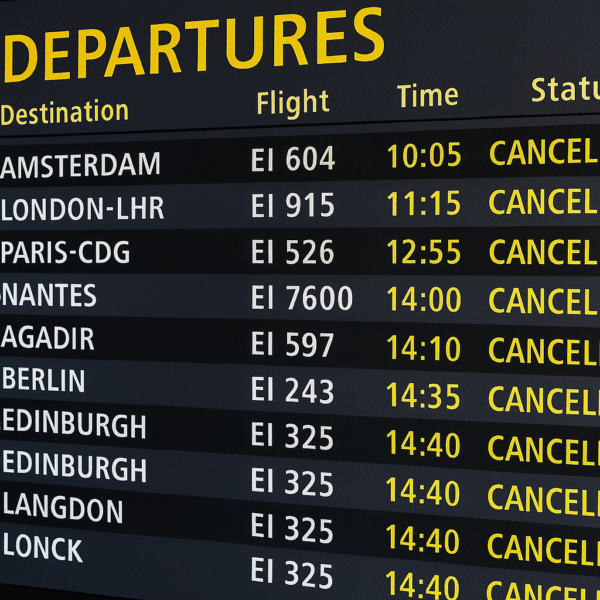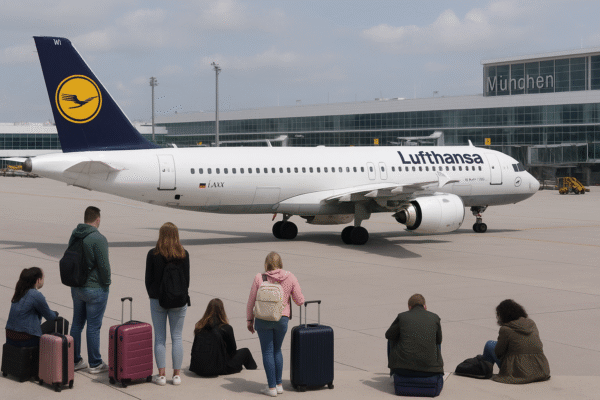Starting 12 October 2025, the European Union will introduce its Entry/Exit System (EES)—a major change for all non-EU visitors, including UK tourists. This new border procedure requires every traveller from outside the Schengen Zone to undergo biometric checks—specifically, fingerprint scans and facial images—each time they enter or leave an EU country.
The system aims to strengthen border security while streamlining processes at airports, ferry terminals, and land crossings. While designed for efficiency in the long run, officials and airlines are urging UK travellers to expect some initial delays and to plan accordingly.
What the Entry/Exit System Involves
The EES replaces the manual passport stamping system with a digital record of entries and exits. Upon arrival in an EU country, UK citizens will present their passport and then provide biometric data—facial recognition and fingerprints—before being granted entry.
This information is stored in a secure EU-wide database, enabling border agencies to monitor overstays and track travel patterns more effectively. Importantly, biometric data will only be collected once per entry, so travellers won’t have to repeat the process during their stay.
At departure points, travellers will undergo a shorter biometric verification, where their data is matched with records in the database. This helps authorities confirm when visitors have left the Schengen area.
Impact on Popular Travel Routes
The new system affects all major airports, rail hubs, and ferry terminals across Europe. Whether flying into Paris Charles de Gaulle, Rome Fiumicino, Madrid-Barajas, or Amsterdam Schiphol, UK holidaymakers will go through the biometric process. The rules also apply to cross-channel services, such as the Eurostar and ferry crossings from Dover to Calais.
For destinations like the French Riviera, Tuscany, or Spain’s Costa Brava, travellers arriving by train or car will also encounter biometric checkpoints. Authorities have warned that peak holiday periods—school breaks, Christmas, and summer—are likely to bring longer queues until the system is fully bedded in.
Preparing for Smooth Travel
UK tourists are strongly advised to arrive earlier at airports and other departure points. Airlines like EasyJet recommend arriving at least 30 minutes earlier than usual to account for potential delays at the new biometric gates.
To avoid issues, travellers should:
- Ensure their passport is valid for at least three months beyond their intended stay.
- Keep travel documents easily accessible for faster processing.
- Allow extra time for connections, especially when travelling during peak holiday seasons.
- Follow airline guidance on check-in times and boarding deadlines.
Once registered, repeat travellers may find future entries quicker since their biometric data will already be stored in the system.
Exit Procedures under the EES
The new rules don’t just apply on arrival—departures from the EU will also be logged. When leaving, UK travellers will scan their passport at automated gates, where the system cross-checks stored biometric data. This ensures accurate recording of entry and exit times, providing border agencies with reliable information on traveller movement.
Officials caution, however, that technical hiccups may occur in the early months. Delays caused by equipment malfunctions or system resets are possible, particularly during high traffic times. To avoid stress, travellers are advised to build in an extra buffer of 40–60 minutes before boarding.
Benefits Beyond Border Control
Although the new checks may initially cause frustration, the EU highlights several long-term benefits:
- Stronger security: Authorities will have a clearer picture of who enters and leaves the bloc.
- Reduced overstays: The system will flag visitors who remain beyond their visa allowance.
- Faster processing in future: With stored biometric data, repeat travellers will spend less time at passport control.
- Tourism management: Real-time data on visitor flows will help destinations better manage crowds, accommodation, and infrastructure.
Tourism bodies across Europe hope the system will ultimately enhance the traveller experience by making border crossings more predictable and transparent.
What Travel Professionals Are Saying
Airlines, tour operators, and booking platforms are preparing travellers for the transition. Many are launching awareness campaigns to explain the process and reduce anxiety among holidaymakers. Some operators also expect to redesign itineraries, allowing for extra time at border points while reassuring customers that the system is intended to protect and speed up travel in the long term.
According to industry experts, the system’s success will depend on how quickly border agencies can adapt to new technology and whether they can efficiently handle peak demand periods.
Key Takeaways for UK Holidaymakers
- Mark the date: From 12 October 2025, biometric checks are mandatory for all UK visitors to EU countries.
- Plan extra time: Arrive at airports, ferry terminals, and train stations earlier than before—especially during holidays.
- Check documents: Ensure passports are valid and ready for biometric registration.
- Expect initial delays: Queues may be longer in the first few months as the system adjusts.
- Look ahead: The new system promises smoother, more secure travel once established.
Final Word
For UK tourists dreaming of Parisian cafés, Italian vineyards, or Spanish coastlines, the new EU border rules are not a barrier but a checkpoint towards smarter travel. With biometric technology at the forefront, the system is set to transform the way people move across Europe. While the first months may require patience and planning, travellers who prepare well will soon enjoy the benefits of a modern, efficient border process.
Mark your calendar for 12 October 2025, allow extra time, and Europe’s treasures will remain just as inviting—only with a new digital gateway to step through.
For more travel news like this, keep reading Global Travel Wire

















